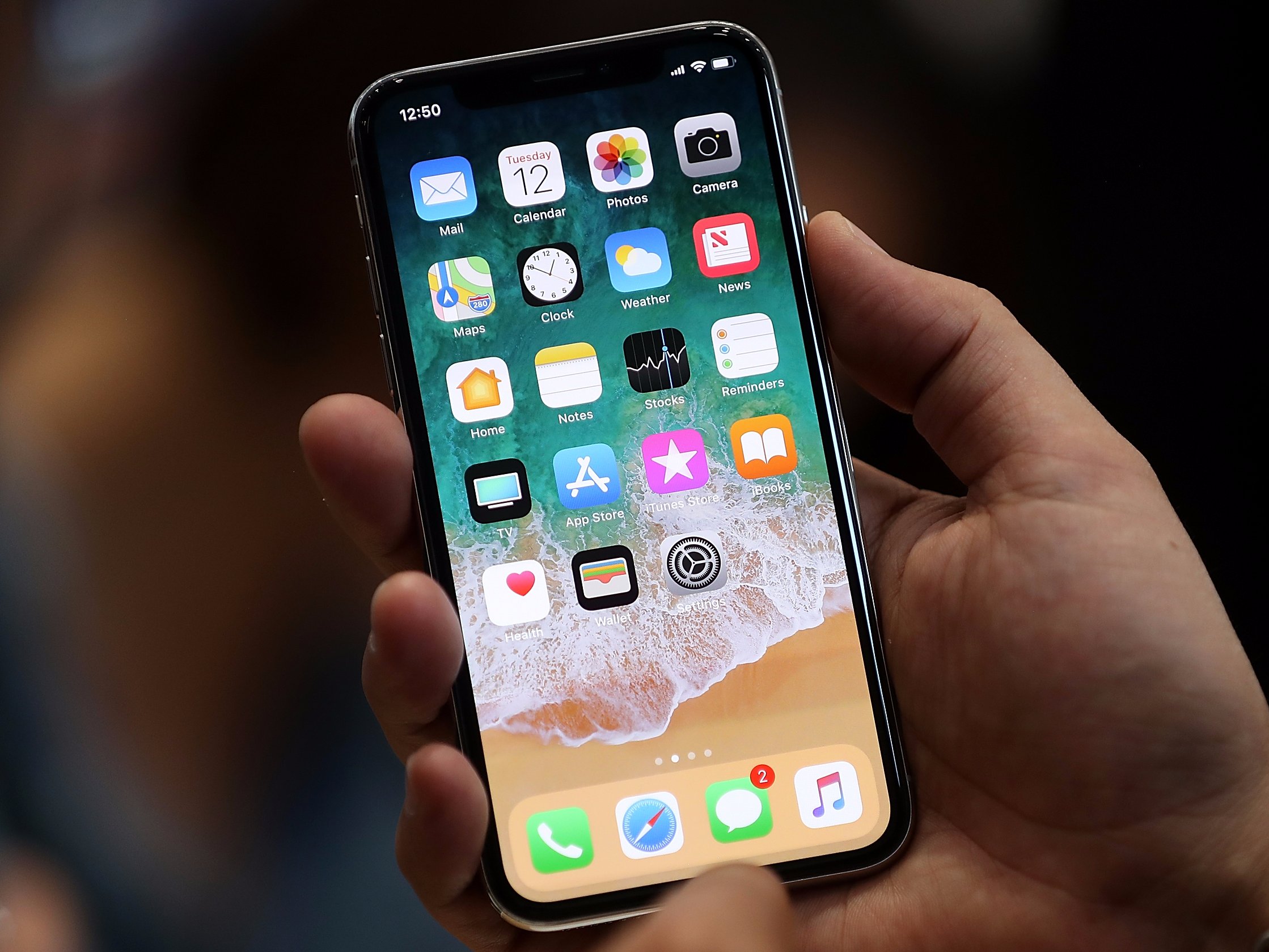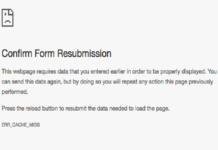UX, or user experience, isn’t just industry jargon. It’s a vital component of your mobile app. It’s the element that keeps your users engaged, the factor that keeps them returning. It’s the mechanism that ensures your app is functional and enjoyable. Today, we will explore the role of user experience in Mobile App SEO.
Understanding User Experience (UX)
So, what is this partner we refer to as UX?
In the vast landscape of mobile apps, UX is the user’s experience when interacting with your app. It’s about aesthetics, usability, responsiveness, and user interaction.
UX is the blueprint of your mobile app development. It guides the process, from the initial design to the final product. But its role doesn’t end there. UX also plays a pivotal role in SEO.
The Impact of UX on Mobile App Success
SEO, or Search Engine Optimization, is the strategy that makes your app discoverable in the crowded marketplace. It’s the method that places your app in front of potential users. But SEO isn’t just about keywords and backlinks. It’s about UX.
A well-executed UX leads to better SEO performance. It keeps users engaged, it keeps them satisfied, and it keeps them coming back for more. And that’s a win for search engines.
UX isn’t just a fancy acronym. It’s the magic ingredient that can make or break your mobile app.
How so?
Well, a stellar UX boosts user satisfaction. It’s simple. Users love apps that are easy to use and visually appealing. They love apps that meet their needs. And when users are happy, they stick around. They become loyal fans of your brand. That’s how UX enhances your brand image.
But the benefits of UX don’t stop there.
UX also plays a key role in ramping up user engagement. The more engaging your app is, the more time users spend on it. More time spent on your app translates into higher retention rates and increased revenue.
And here’s the cherry on top.
A well-crafted UX can slash your development costs. How? A well-designed app has fewer bugs and errors. This means less time and money spent on updates and fixes.
Key Elements of Good UX Design
Now that we’ve established the importance of UX let’s delve into the key elements that make up a great UX design.
First up, intuitive navigation. Your app should be easy to navigate. Clear labels and buttons are a must.
Next is visual design. Your app should be visually appealing. A consistent color scheme and easy-to-read fonts can go a long way.
Don’t forget about speed and performance. Your app should be fast and responsive. Users have little patience for apps that take ages to load.
Accessibility is crucial. Your app should be accessible to all users, including those with disabilities. This includes providing alternative text for images and audio cues for navigation.
Personalization is key. Your app should provide users personalized content and recommendations based on their preferences and usage patterns.
Finally, feedback and support. Your app should provide users with feedback and support. This includes error messages, notifications, and easy-to-access help and support options.
The Role of User Experience in Mobile App SEO
UX and SEO. They’re like two peas in a pod. You can’t talk about one without mentioning the other.
Why?
Because UX has a direct impact on SEO ranking. Yes, you heard that right.
A top-notch UX can give your SEO a significant boost. Users love apps that are easy to navigate and visually appealing. And when users love your app, search engines love your app too. That’s how UX affects SEO ranking.
But it doesn’t stop there.
UX also plays a crucial role in Google’s ranking algorithms. Google loves apps that offer a great user experience. So if your app’s UX is subpar, your Google rankings could take a hit.
Best Practices for UX Design in Mobile App Development
Now that we’ve established the importance of UX in SEO let’s talk about how to create a great UX design.
First and foremost, user research. Before you start designing your app, you need to understand your users. What are their needs? What are their preferences? User research can provide these insights.
Next up is usability testing? Again, ensuring that your app is easy to use is crucial. Usability testing can help you identify any issues hindering the user experience.
Continuous improvement is key. Your app should be a work in progress. Always be on the lookout for ways to improve based on user feedback and usage patterns.
You can always consult a specialized SEO agency to help you out with your SEO strategy!
Last but not least, consistency. Your app should have a consistent design. This not only enhances the user experience but also strengthens your brand image.
The Future of UX in Mobile App SEO
UX isn’t just a trend. It’s the future.
In the ever-evolving digital landscape, the importance of UX is skyrocketing. Users demand apps that are not just functional but also enjoyable to use. And search engines are listening. As a result, they’re placing more and more emphasis on UX in their ranking algorithms.
But what does this mean for businesses? It’s simple. Businesses need to leverage UX to improve their mobile app SEO.
How?
By focusing on creating an app that offers a stellar user experience. An app that’s easy to navigate, visually appealing, and responsive. An app that meets the users’ needs and keeps them coming back for more.
Wrapping Up: The Power of UX in Mobile App SEO
So, let’s recap.
UX is a vital component of mobile app SEO. It’s the secret sauce that can boost your SEO ranking and set your app apart in the crowded app marketplace.
But more importantly, UX is about creating an app users love. Because at the end of the day, that’s what really matters.
So, here’s my advice to businesses: Invest in UX. Not just because it’s good for SEO but because it’s good for your users. And when your users are happy, success is sure to follow. We hope our article meticulously explained the role of user experience in Mobile App Development.
































